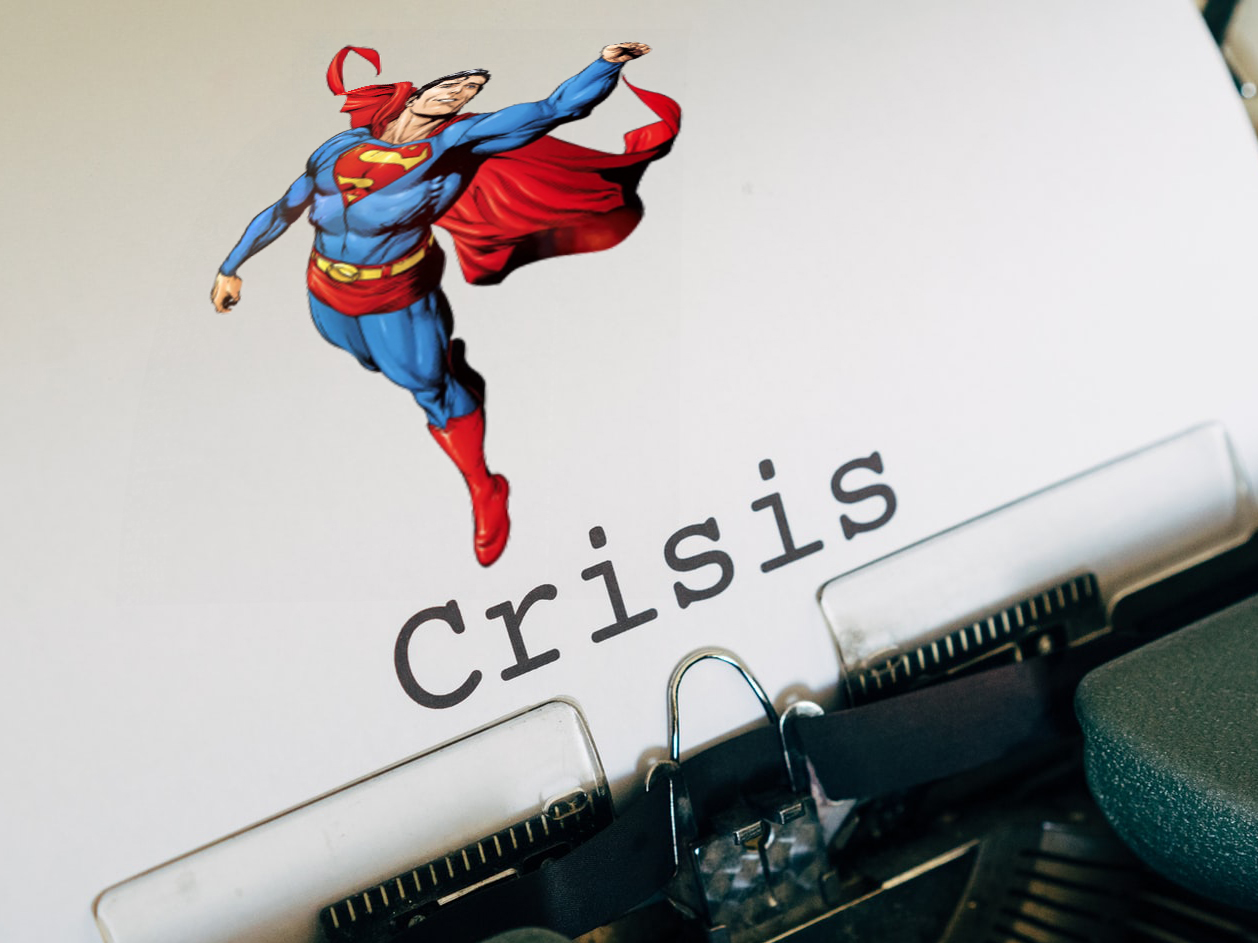How to effectively navigate change and shockproof your organization.
1. Clarify your strategy and then implement it
Of course, your mission should remain constant (it’s the reason your organization exists) but your strategy should reflect a constantly changing world. By getting in the habit of taking a couple of days to quickly adapt, realign and adjust your strategy year-to-year or when the need arises, you’ll be in a position to pivot and respond to new realities. Strategy must be sentient. It must be organic and perceptive - developed quickly, used immediately for as long as conditions warrant, and adapted rapidly as conditions change.
If you don’t have a strategy, you can quickly (and remotely) create one by asking questions like: Who do we want to be a year from now? What impact do we want to have on our community? Given where we are today, what are the three to four critical strategic factors we need to focus on, to help us accomplish this over the next 12 months?
Once you have a strategy, make sure everyone on your team is focused on it and moving it forward. Hold people accountable. And make sure they block out the necessary work time. This requires identifying the top priorities for your entire organization. One of the biggest pitfalls to doing this well is when organizations fail to stop doing old priorities. Also, be sure to build in organizational sharing, troubleshooting and celebrations of success. Think of it as short and nimble sprints as you head up the mountain toward your mission.
2. Keep an abundance mindset
This is a hard ask right now, especially if you’ve lost all your revenue, had to close doors, or can no longer offer services. And yet, there are so many ways nonprofits can strengthen and shore themselves and the sector up against current and future shocks by building stronger foundations beyond their immediate work. It's a matter of always remembering; money isn’t our only tool. We have plenty of other assets at our disposal, such as time, knowledge, relationships, and creativity.
For example, the nonprofits who applied quickly for the PPP and EIPL loans are the ones who invested in quality accounting practices and technology. They had their financial statements in order and could access them remotely. The ones who built capacity and impact through partnerships, peer communities and coalitions are now positioned and working together to have a cohesive and amplified voice to impact the stimulus packages. The organizations with robust peer-partnership relationships with their funders or board members now have a support network with the means to mobilize on their behalf.
3. Be agile
Organizations at-the-ready to proactively respond to emerging issues have positioned themselves to leverage change. Maybe your work intersects with changing attitudes about the American healthcare system, or the critical importance of access to the outdoors, or food security, or equity in education. Whatever the issue, the organizations who continually search for new opportunities and identify potential threats can maximize advantages and avoid pitfalls. That's assuming you have a streamlined decision-making process. It also requires not waiting until you have everything figured out. Are you 80 percent there? Then go for it and answer the remaining questions along the way.
Another quality essential to agility is the ability to innovate. Think of innovation as applied creativity, something that everyone can practice every day. Keep in mind that humans need certain conditions to spur innovation. These include an organization willing to regularly test new things as well as leaders who champion innovation and tolerate prudent risk. Also, remember that not only is it fun to innovate, but it’s worth the effort. When done effectively, it leads to a continual rise in performance.
So much is at stake. Those who do more than bounce back will help save the civil sector and make it stronger. With over 12 million nonprofit employees and over 1.3 nonprofit organizations, it's the third-largest private-sector employer in the U.S., after retail and manufacturing. Nonprofits touch the lives of 1 in 5 Americans, from job training to substance abuse treatment to preventing homelessness to enriching our lives through the arts. At the same time, in 2019, over 92 percent of U.S. nonprofits had annual revenues of less than $1 million and a full 50 percent had operating reserves of less than a month.
Even without the current shock to the system, those numbers are unsustainable. We desperately need organizations to change how they operate and lead, so the sector becomes more resilient. By transforming your work and leadership to be focused, holistic and proactively responsive, you can position yourself and the sector to bounce forward.

Kris Putnam-Walkerly is DDB's Expert International Philanthropy.
Read more articles and columns on Kris' DDB-Select Page: click here.
Follow Kris on Twitter or LinkedIn. Check out her website.
Kris Putnam is a global philanthropy expert, author of Delusional Altruism and was named one of America’s Top 25 Philanthropy Speakers.
Source: Forbes

 nl
nl
